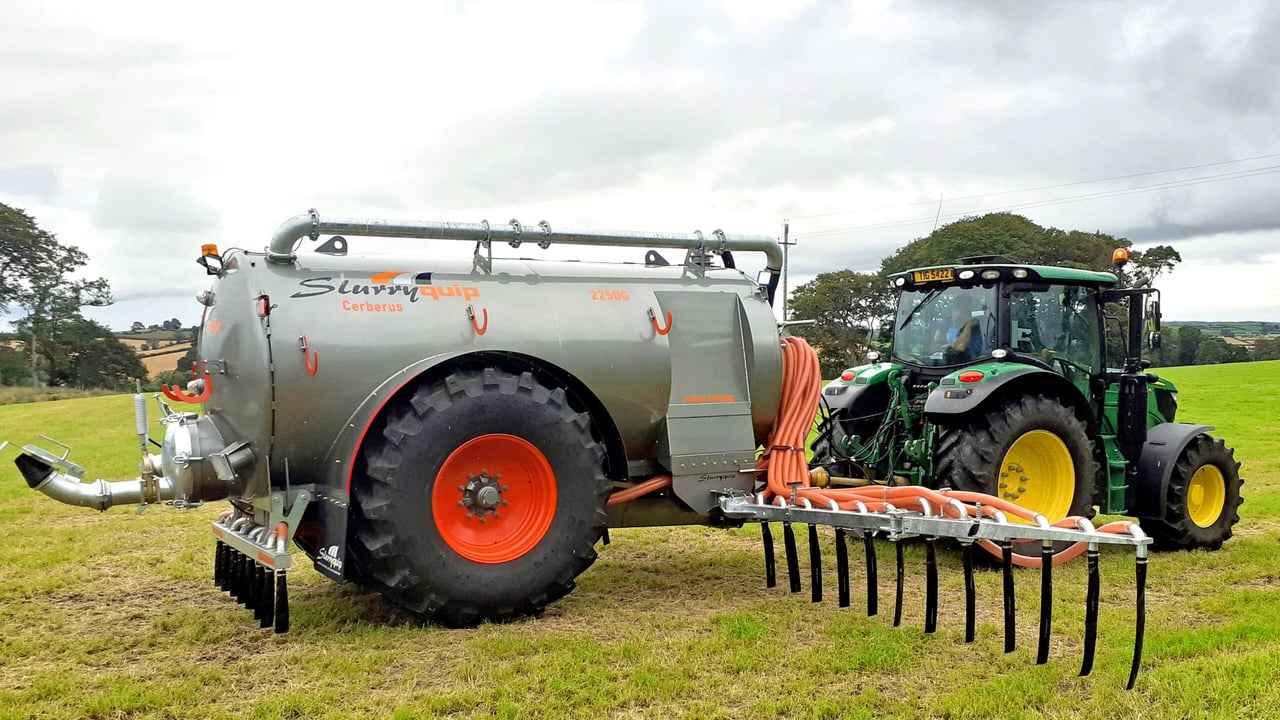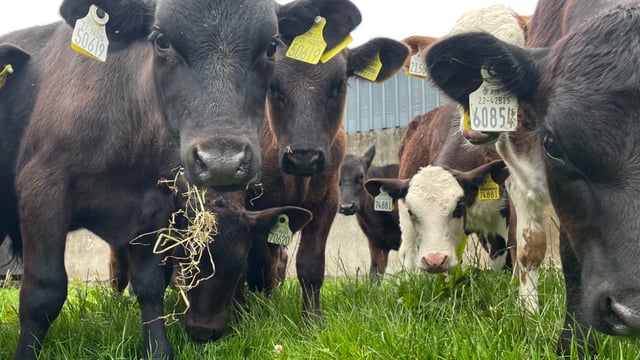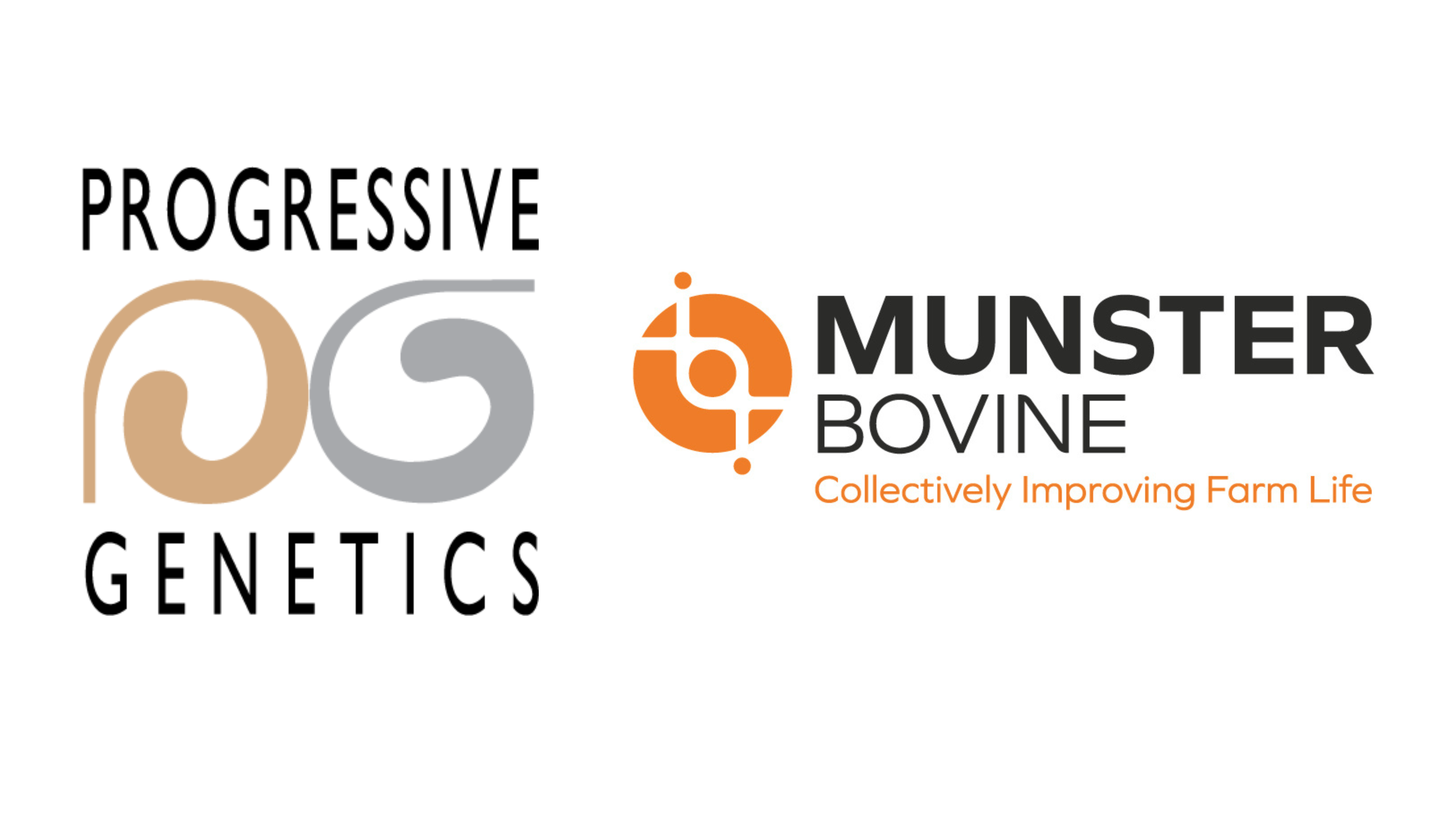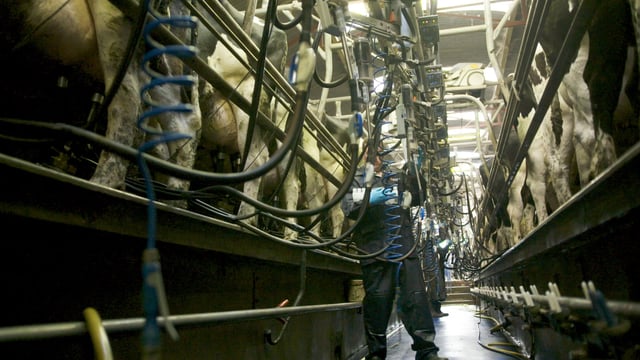Testing and utilising your slurry on silage ground after first cut
The majority of dairy farms will have their first-cut silage secured over the coming week and then the focus turns to slurry application and getting the ground fertilised.
Slurry has a big part to play in second-cut silage as many farmers keep enough in their tanks to make up a lot of the phosphorus (P) and potassium (K) requirements to grow enough grass for the second cut.
There might not be as much slurry left in tanks compared to this time last year, as the dry spring allowed farmers to access paddocks for most of the year, with many utilising this organic fertiliser for first-cut silage and the grazing ground.
In a lot of scenarios, most, if not all, of the area that was cut for first cut will likely be harvested again for second-cut silage, which means that the nutrient offtake will have to be fully replaced.
If there is slurry left in tanks, it is a 'no brainer' to replaces these offtakes with it, as slurry is the easiest way to replace the P and K that has been removed.
A typical bale of silage with about 200kg of dry matter (DM) contains 10 units of nitrogen (N), 1.6 units of P, and 10 units of K.
So, if you cut silage off a field at a pre-cutting yield of 3,000kg/DM/ha, you would expect 6 bales/ac, but you will have to replace 60 units of N/ac, 9.6 units of P, and 60 units of K.
From thick cattle slurry with a DM of about 6%, about 2,000 gallons/ac is needed to replace the P and K that has been removed.
This should be followed with an application of 1.2 bags/acre of protected urea + sulphur (S) product to make up the N offtakes.
However, on dairy farms, dairy cow slurry can tend to be lighter and not as thick, so 3,000-3,500gal/ac may be needed to replace the offtakes, highlighting the importance of getting your slurry tested.
The thickness of your slurry will play a big part in how much needs to be applied on the land to make sure you are spreading enough to make up your P and K offtakes.
You will not be able to make up your N offtakes through slurry alone so, while it can replace the P and K, some protected urea with S will need to be applied.
Cattle slurry with a 6% DM, when using low emission slurry spreading (LESS), is six units of N, five units of P, and 32 units of K for every 1,000gal, but this may differ substantially from farm to farm and, as noted earlier, quite often dairy slurry tends to be lighter.
In order to grow 4t of grass DM/ha (8t/ac fresh weight), you will need to apply 80 units of N/ac, 13 units of P/ac, and 80 units of K, and this can be done through 2,500gals/ac of 6% DM slurry followed by 1.6 bags/ac of protected urea + S.
However, a decision on the amount of slurry to apply followed by chemical fertiliser cannot be made without knowing the value of your slurry, as otherwise you could end up not spreading enough nutrients.
The way to get the most out of your organic fertiliser is to get it tested, which will determine its nutrient value and currently, slurry is estimated to be worth around €30-€35 per 1,000/gal, if you take into account the nitrogen (N), potassium (K), and phosphorus (P) in it.
So, when slurry is worth this much to a farmer, it is vital to get it tested and know its value so it can be used efficiently and to save on extra chemical fertiliser costs.
Once testing has been done, you can then alter your nutrient management plan and fertiliser application based on what is contained with your slurry.
Slurry testing can also allow farmers to target slurry with higher P and K levels to silage ground, whereas slurry with a lower nutritive value can be applied to grazing swards, for which the requirement for P and K is typically lower.
The value of slurry can vary drastically and so testing it is a practical step to maximise the efficient use of your organic fertiliser.





